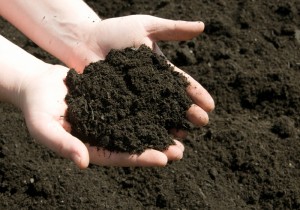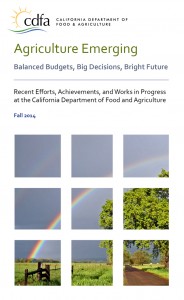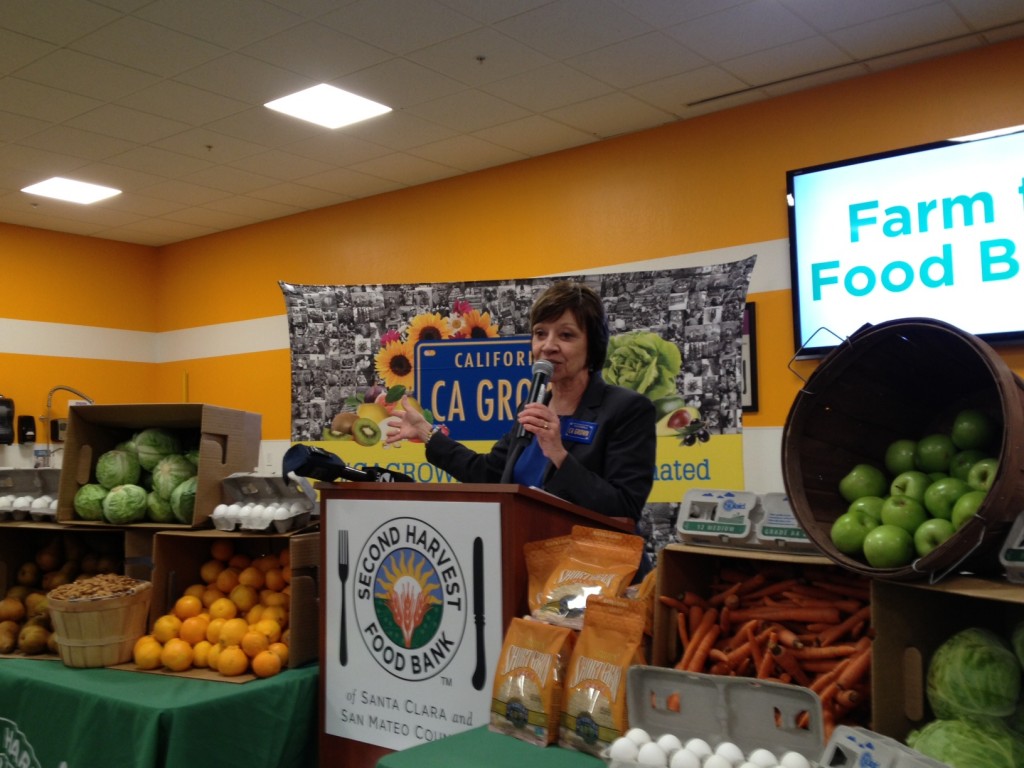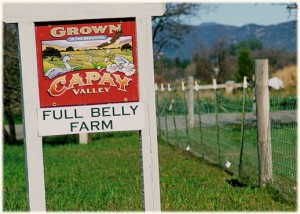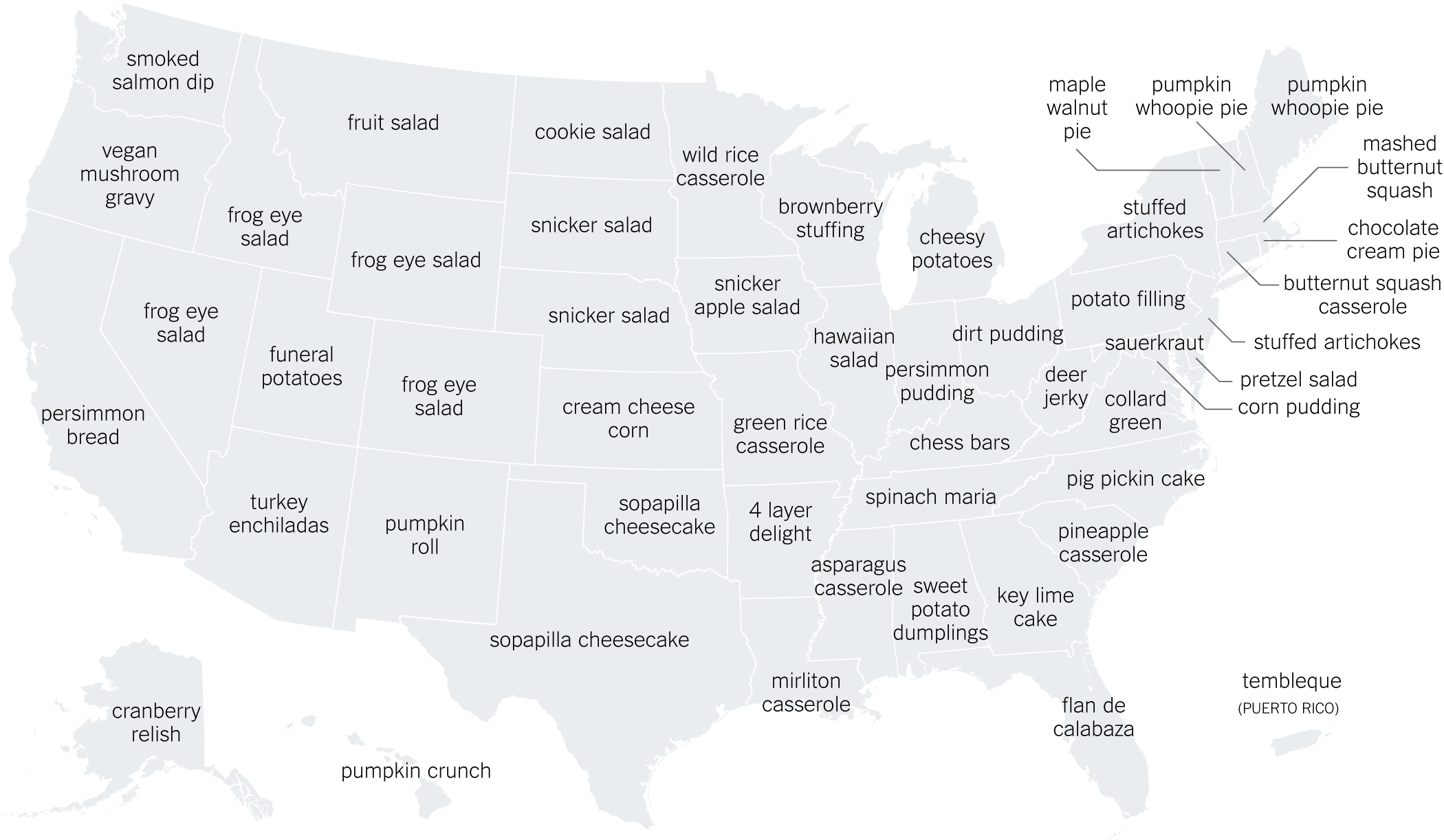The USDA joins nations from across the globe to kick off the International Year of Soils, an effort to highlight the importance of soil in everyday life. Undersecretary for Natural Resources and Environment Robert Bonnie will address members of the 68th United Nations General Assembly, which designated 2015 for the yearlong celebration.
“We are excited to be working with the United Nations to help raise awareness and promote the importance of conservation of our soil resources,” Bonnie said. “USDA is embracing this unique opportunity to tell the world about the importance of soil conservation and how we’ve worked with private landowners since 1935 to protect and improve this priceless natural resource.”
UN’s Food and Agriculture Organization spearheaded the global International Year of Soils campaign within the framework of the Global Soil Partnership. The year of awareness aims to increase understanding of the importance of soil for food security and essential ecosystem functions. Soils play a crucial role in food security, hunger eradication, climate change adaptation, poverty reduction and sustainable development.
Bonnie is one of several leaders who will address the assembly today, on World Soil Day, about the importance of soil. USDA’s Natural Resources Conservation Service (NRCS) – America’s agency for soil conservation, classification and studies – plans to make the year a memorable one.
NRCS works hand-in-hand with producers through technical and financial assistance programs and services to help ensure their success. The agency was born amid the Dust Bowl era of the 1930s, the nation’s largest environmental disaster caused by over cultivation, drought and record-breaking temperatures.
“NRCS conservationists work with America’s farmers and ranchers to take care of the soil, ensuring agricultural operations are sustainable for many years to come,” NRCS Chief Jason Weller said.
For more information on International Year of Soils, visit www.nrcs.usda.gov/.



